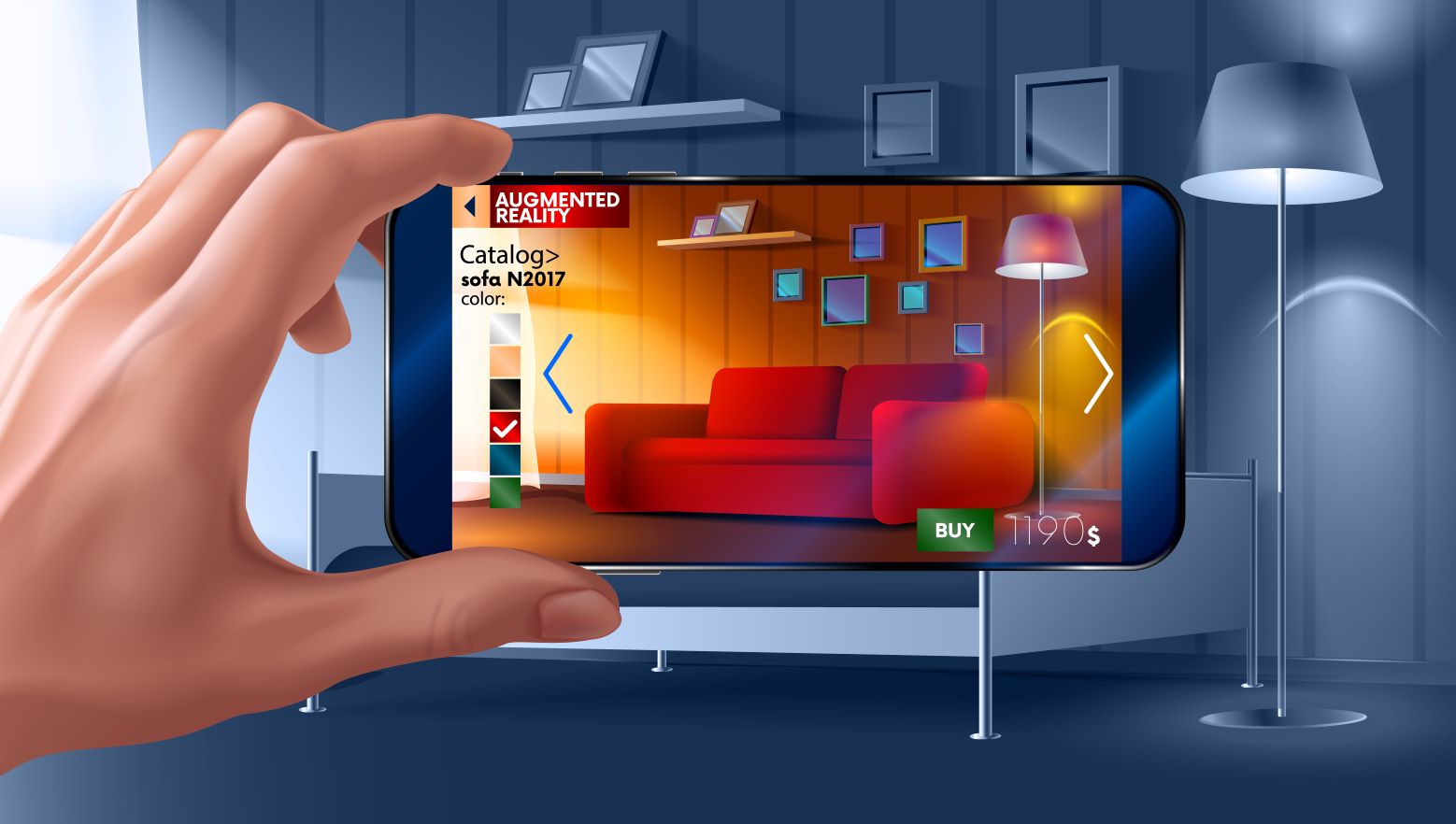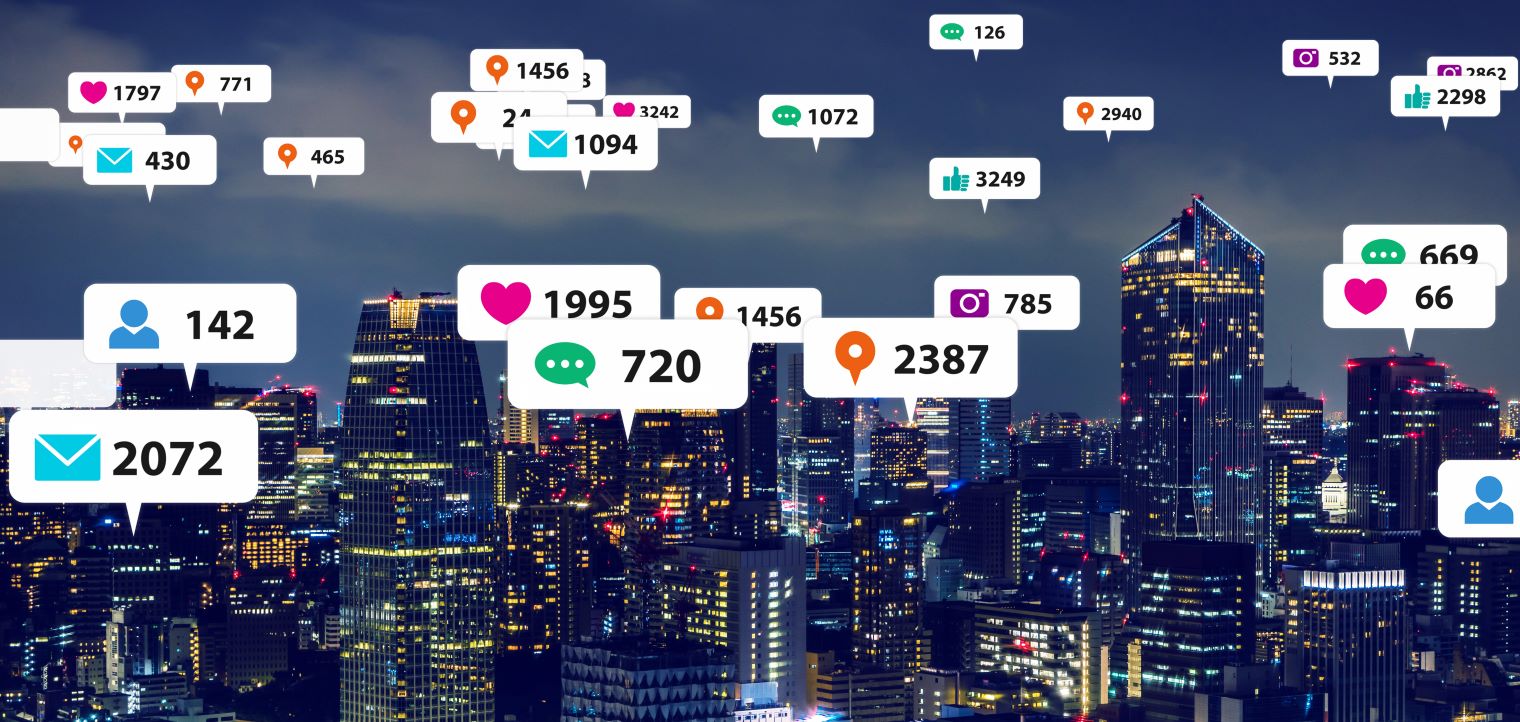Searching for some cool yet appealing use cases for Media Advertising in Augmented Reality? This article educates you with some really broad and popular use cases for this niche. Let’s just dive in to explore them all.
Augmented reality (AR) is a rising trend in media advertising and media marketing that enables firms to provide clients with new experiences while utilizing the accessibility of their handheld devices. It provides them with another option in their kit when it comes to using social media to boost sales and brand value.
Individuals are intrigued by the distinctiveness of AR technology, which piques their interest and draws them in significantly more than traditional advertising. It makes media advertising more interactive, allowing marketers and advertisers to reach out to customers in whole new ways. A vast number of firms have already adopted this cutting-edge technology.
Augmented reality marketing campaigns will revolutionize how brands and marketers promote their products, and they have a bright future ahead of them. If you’re still unsure whether it’s worth it, consider what use cases augmented reality offers and how you may apply this technology in the real world. So let’s now get straight into them.
1. Retail
The use of augmented reality in retail can help organizations improve customers’ loyalty while lowering costs. The retail industry is undergoing changes that would have been unthinkable about 20 years ago.
This finding concurs with an efficient system to give clients timely information, and each experience is tailored to meet the demands of the individual. The customer feels empowered to make the best decisions, saving time and money while doing so, allowing them to focus on what is important to them.
Clients may use AR-enabled residential property design planners like Magicplan to view how their properties will appear when all of the improvements are done. It automatically recognizes and records windows and doors, measures ceiling heights, and creates a floor layout. Shoppers may even take a virtual tour of their newly renovated homes to estimate the resources they’ll need for the task.
The majority of the time, buyers avoid purchasing a product because they are short on time and have a big line for the trial ahead of them. Customers no longer need to try on clothes to see how they fit thanks to augmented reality in shopping. They may utilize a virtual fitting room to find the perfect look for them. Timberland, for example, has set up displays so customers can see themselves in a mirror and put on several outfits. This in-store experience is intended to not only make shopping more efficient but also to present each consumer with a shopping experience that is as unique as they are.
Fashion and beauty sector firms are using augmented reality to provide clients with a new method to try on their items. Sephora was the first AR app to be released. Users may virtually try on make-up goods and see how they appear on them before purchasing them. Users may make purchases using an app interface if they like their product concept.
2. Tourism
Customers need a lot of information before they arrive, thus travel, unlike other purchases, is thoroughly researched. Augmented reality may help to make sure that they have access to a lot of this information at all times, not just when it’s needed.
The most prevalent application of augmented reality in the tourism sector here is to add more interactive aspects to hotels, therefore increasing the entire experience. In essence, this allows hotels, resorts, and other comparable organizations to deliver more information to clients on demand.
For example, Premier Inn’s The Hub Hotel has integrated augmented reality into the wall maps that are displayed in hotel rooms. The wall maps, when viewed on a smartphone or tablet, contain additional information about some of the local points of interest, thereby acting as a tourist information tool.
Some travel businesses are working on augmented reality apps that will allow travelers to improve physical sites and tourist attractions. A user may point their phone at a restaurant and receive quick reviews or menus, or point their tablet at a historic site and receive historical facts. This has the potential to significantly improve the overall travel experience by allowing travelers to absorb information while on the go.
Beacons technology is another interesting application of augmented reality. This technology is essential in the travel and tourism business since it allows hotel guests to unlock their rooms when they are close to the door. It may, however, be utilized to give consumers maps, reviews, menus, special offers, or discount vouchers at the most appropriate time.
3. Design and Modeling
AR is assisting professions in a variety of fields, including interior design, architecture, and construction, in seeing their ultimate creations throughout the creative process. It is being used by designers to construct 3D models that can be viewed in real-time to better comprehend, alter, develop, and present their work.
We can map physical environments and add interactive things to them using augmented reality. In the case of home remodeling, this technology is being utilized to assist customers in making purchases from the comfort of their own homes.
While online product specs are great, buyers still have trouble making purchases since they can’t see how the things will physically fit into their life. All of that is set to change with the IKEA Place app.
Users only need to take a photo of any item they desire and IKEA will match them with goods that fit the visual description.
When it comes to social media marketing, your smartphone app doesn’t have to be a big social network to profit from picture and video filters.
If your app has a networking or communication component, such as in-app chat with other users, photo uploads to profiles, and so on, comparable AR filters might be simply included to make the experience more trendy and exciting for your customers.
4. Repair and Maintenance
The repair and maintenance of complicated equipment are one of the most common industrial applications of AR. Repair and maintenance workers are beginning to employ augmented reality headsets and glasses while performing their tasks to give them relevant information on the spot, propose potential remedies, and point out potential issue spots, whether it’s a vehicle motor or an MRI machine.
An easy step-by-step instruction leads the user through the entire procedure. If there are any deviations, the system can alert the user to them.
An external expert can be consulted for more advanced tools. The user may view the same image that the technician sees on the job site thanks to AR technology.
AR technology also makes sections of a plant or equipment that are normally concealed from view visible. AR allows you to see where those components that potentially cause an issue are situated. As a result, removal effort is no longer required in order to inspect concealed components.
Because AR makes the overall execution of service and maintenance work easier, certain tasks can be assigned to the client. In the event of a problem, the client can contact the supplier’s service specialists “remotely.” This not only cuts down on maintenance time but also on plant and equipment downtime.
5. Entertainment
AR was first conceived as a concept for games and interactive gamers. It was envisioned as a gamers’ paradise that would give users a next-generation immersive experience. As we observed people racing around the streets collecting Pokemons, it established the notion of immersive gaming. Similarly, games like an augmented reality treasure hunt may assist consumers to find their way to specific retail places for immersive experiences that lead to sales.
When it comes to immersive entertainment, portals, like Doraemon’s anywhere-door, allow you to go to numerous areas. Users may utilize their phone displays to move themselves to various locations via augmented reality. Marketers may utilize this feature to create a world that includes their brand, movie, or product, and then let people explore it as they choose.
People enjoy being able to interact with the items around them because it makes them feel more involved in the whole experience. In this manner, you’ll be able to deliver a full-fledged engaging experience that will guarantee high levels of consumer engagement and sales.
Art, design, and creativity are all pushed to their limits by AR. That is why some of the world’s most well-known artists have embraced this technology. AR is here to assist you to draw more people to your gallery or help you create a museum experience without really traveling to a museum.
When we enjoy a song, we frequently want to learn more about it. You may use augmented reality to get information such as the artist’s profile, cover videos, dancing videos on the music, and much more. It may be used to improve live performance streaming events by conveying a tale that would not have been feasible without AR, as well as to advertise companies.
Conclusion
Augmented reality isn’t just a passing trend. Over the next decade, it is expected to be one of the driving factors behind sales and marketing innovation. Forward-thinking organizations will be able to improve the experience they provide their consumers with AR, resulting in more business prospects and sales. Many businesses have already adopted this cutting-edge technology, and more are anticipated to do so in the future.
_________________________
References:
- https://easternpeak.com/blog/bringing-augmented-reality-to-your-retail-app/
- https://www.trootech.com/use-cases-of-augmented-reality-in-retail-sector-2020/
- https://www.revfine.com/augmented-reality-travel-industry/
- https://www.smashingmagazine.com/2018/11/use-case-for-augmented-reality-in-design/
- https://www.lead-innovation.com/english-blog/augmented-reality-revolutionizes
- https://imaginear.com/blog/ar-in-entertainment










13 comments